-
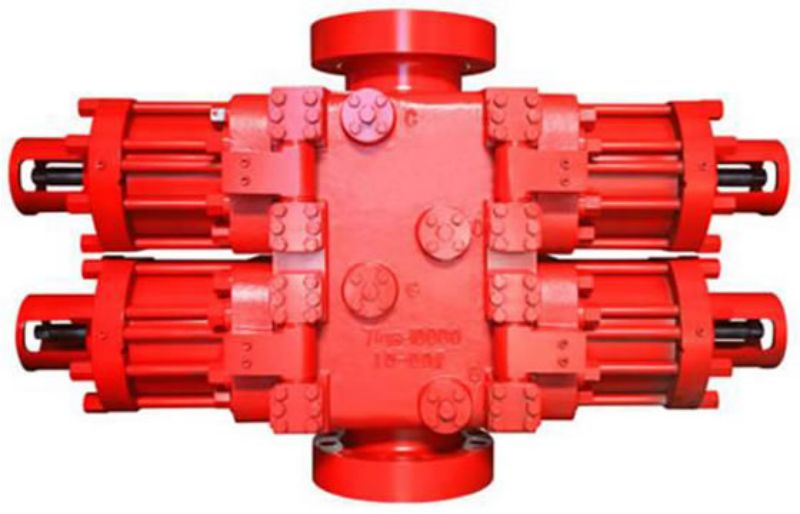
What is the main function of the blowout preventer?
In oil and gas drilling construction, in order to safely drill through high-pressure oil and gas layers and avoid out-of-control drilling blowout accidents, a set of equipment – a drilling well control device – needs to be installed on the wellhead of the drilling well. When the press...Read more -

The functions and classification of hydraulic cement retainers
The cement retainer is mainly used for temporary or permanent sealing or secondary cementing of oil, gas, and water layers. The cement slurry is squeezed through the retainer into the well section of the annulus that needs to be sealed or into the cracks in the formation, pores to achieve the pur...Read more -
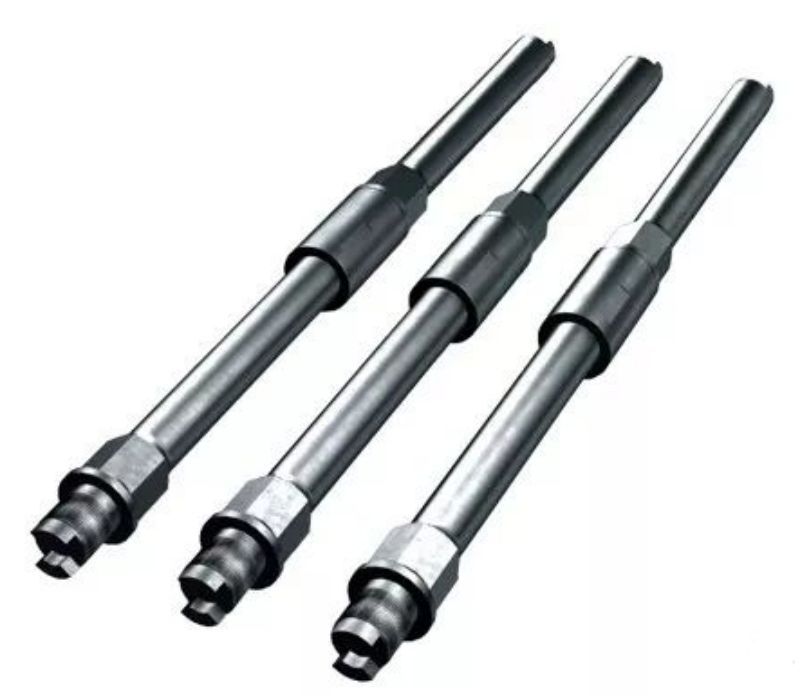
What is the structure and working principle of sucker rod?
The sucker rod is an important part of the rod pump oil production device. The role of the sucker rod is to connect the upper part of the oil pumping unit and the lower part of the oil pumping pump to transmit power, as shown in Figure . The sucker rod string is composed of several sucker rods co...Read more -

What are the classifications and applications of oil drilling hoses?
Oil drilling hose is a special pipeline device used in oil field drilling operations. It undertakes the important task of transporting media such as drilling fluid, gas and solid particles, and is an indispensable part of the oil drilling process. Oil drilling hoses have the characteristics of hi...Read more -
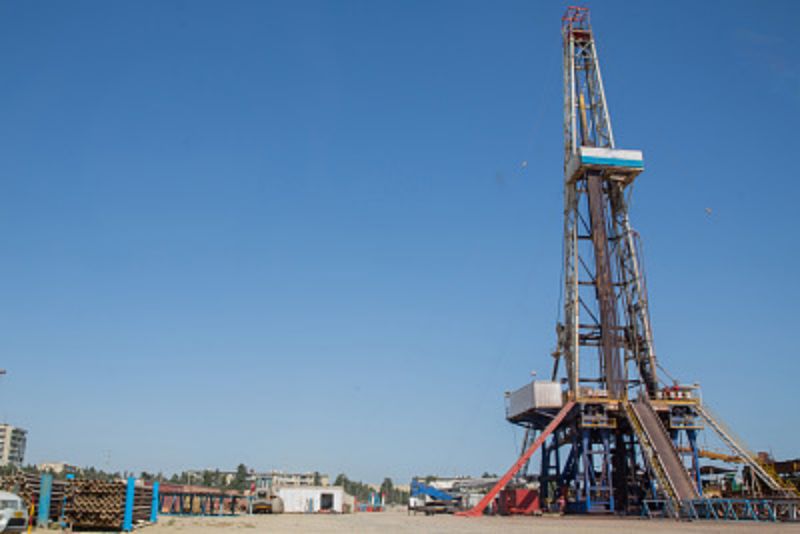
Causes and solutions of drilling sticking
Sticking, also known as differential pressure sticking, is the most common sticking accident in the drilling process, accounting for more than 60% of sticking failures. Reasons for sticking: (1)The drilling string has a long static time in the well; (2) The pressure difference in the well is larg...Read more -

Maintenance measures for drilling machinery and equipment
First, during daily maintenance, attention should be paid to keeping the surfaces of mechanical and petroleum machinery equipment dry. During normal use of these equipment, some sediments will inevitably be left behind. The residue of these substances will increase the wear and tear of the equipm...Read more -

Drilling sand bridge stuck and accident treatment
Sand bridge stuck is also called sand settling stuck, its nature is similar to collapse, and its harm is worse than sticking stuck. 1.The reason of sand bridge formation (1) It is easy to occur when drilling with clean water in soft formation; (2)The surface casing is too little, and the soft s...Read more -
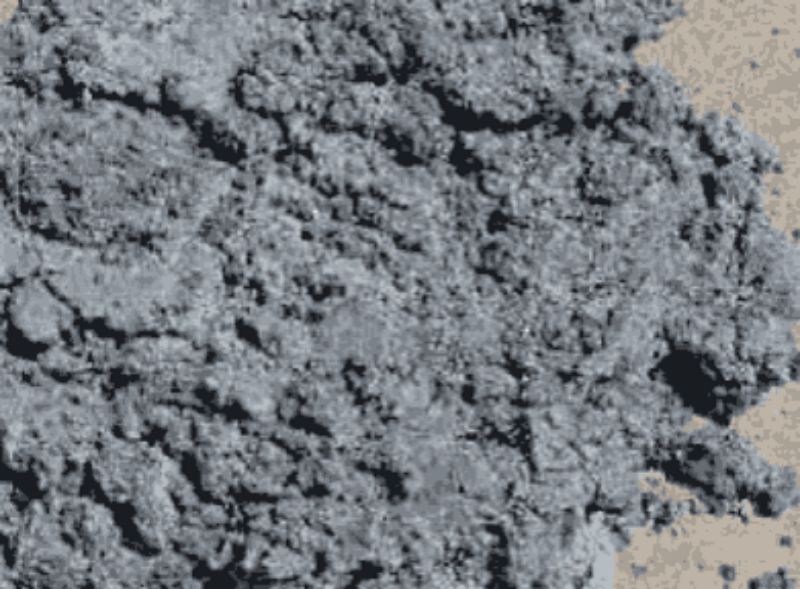
Can dissovable bridge plugs replace conventional drillable bridge plugs?
At present, horizontal well fracturing technology has become an important tool for reservoir reforming and effectively increasing the production of a single well. As one of the important tools for fracturing, bridge plugs are increasingly widely used. Currently, conventional bridge plugs include ...Read more -
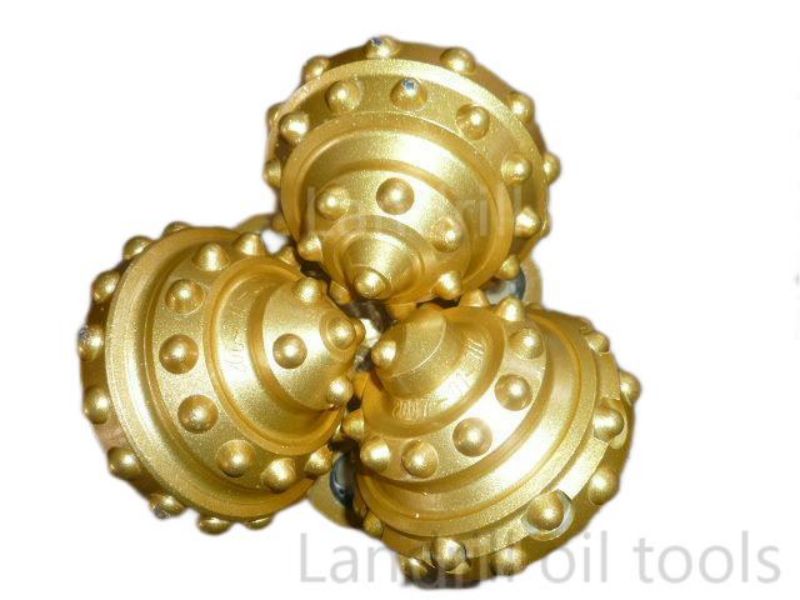
What are the characteristics of the tricone bit?
Tricone drill bit is an important tool for oil drilling. Its working performance will directly affect drilling quality, drilling efficiency and drilling cost. It has the characteristics of adapting to a wide range of formations and high mechanical drilling speed. 1. The three-cone drill bit adopt...Read more -

Prevention and treatment of drilling collapse sticking
Due to the poor performance of drilling fluid, too much filtration will soak the formation and become loose. Or the shale soaked in the well section with too large dip Angle expands, spalling into the well and causing stuck drilling. Signs of a collapsing well wall: 1.It collapsed during drillin...Read more -

Why do we need to use casing centralizer?
The use of casing centralizer is an important measure to improve the quality of cementing. The purpose of cementing is twofold: firstly, to seal off the well sections that are prone to collapse, leakage, or other complicated conditions with casing, so as to provide a guarantee for the continuatio...Read more -

Method of checking balance of pumping unit
There are three main methods to check the balance of pumping units: observation method, time measurement method and current intensity measurement method. 1.Method of observation When the pumping unit is working, directly observe the start, operation and stop of the pumping unit with eyes to judge...Read more








 Room 703 Building B, Greenland center, Hi-tech development zone Xi’an, China
Room 703 Building B, Greenland center, Hi-tech development zone Xi’an, China
 86-13609153141
86-13609153141


